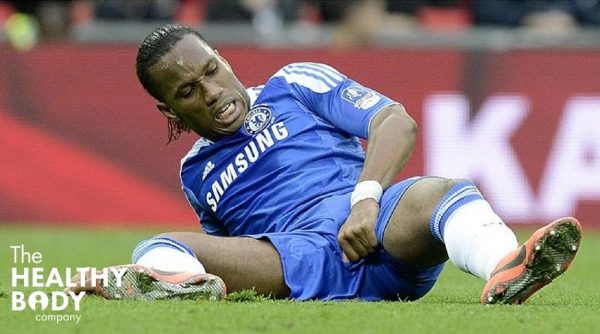
[vc_row][vc_column][vc_column_text]Groin pain is a problem for athletes in several sports, affecting 10-18% of male soccer players per year. There are several disorders that could be contributing to this large percentage, with adductor muscle pain being a frequent cause of long standing groin pain.
Muscular fatigue and overload are the likely culprits here, leading to impaired function of the muscle and an increase in the risk of muscle injury.
The adductor muscles play an important role in the stabilisation of the hip joint, and are therefore exposed to overloading and risk of injury if the stabilisation of the hip joint is compromised.
The adductor muscles attach onto the pubic bone, and this is often the site of groin pain during athletic activity. Their primary action is to bring the leg from being stretched out to the side to back into the body, such as when you are kicking through to pass a soccer ball.
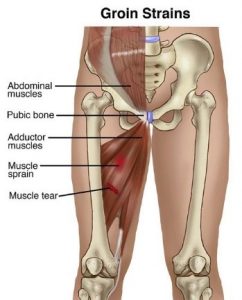
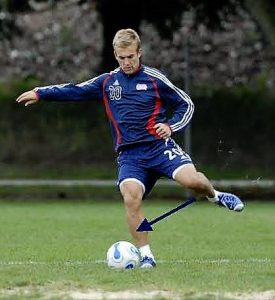
In 1999, a study by Holmich et al. (reference at the end of this post) presented an exercise program to rehabilitate long standing groin pain in athletes. This program led to the players having no pain on the adductor muscle tendons, no pain on active resisted adduction and no pain with athletic activity and a full return to their level of sport.
The players included in this study had to be:
To delay the onset of muscular fatigue and reduce the chance of overloading your muscles during the explosive kicking and running movements used in sports such as soccer, a specific conditioning program to target your hip adductors and stabilisers is in order.
This can be incorporated into preseason training and as independent exercise throughout the week. Regular stretching, warm ups and sport’s drills before each game and training session can continue to be used to ensure safety and peak performance.
Complete the following program three times per week, with appropriate stretches as required.
Static Adduction: Lying on your back, place a soccer ball between your feet and squeeze it as hard as you can. Hold the squeeze – 30 sec x 10
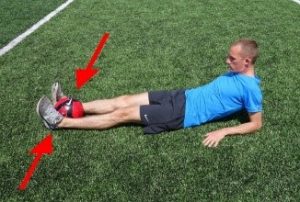
Static Adduction: Lying on your back, place a soccer ball between your knees and squeeze it as hard as you can. Hold the squeeze – 30 sec x 10
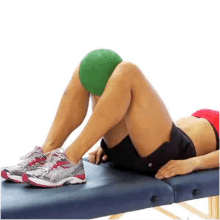
Abdominal Sit Ups:
Lying on your back with your knees bent to 90 degrees, place your hands on opposite shoulders. Tighten your abdominals and sit up so that your elbows touch your knees.
Repeat, but aim for one knee when you sit up, alternating between sides.
Repeat 5 x 10 reps each
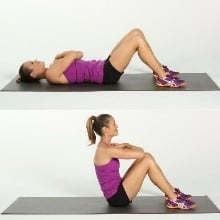
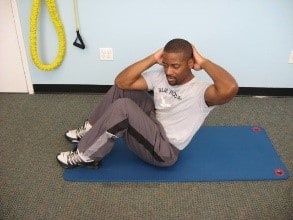
Combined Sit Up/Hip Flexion: Lying on your back, with your hands above your head and your legs flat. Squeeze your abdominals as your sit up, bringing your knees to your chest at the same time. Repeat 5 x 10 reps.
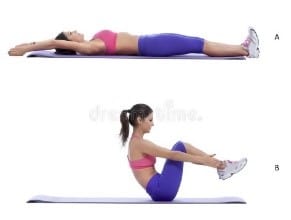
Balance: Practise standing on one leg for as long as you are able to. Repeat each side for a total of 3 minutes each.
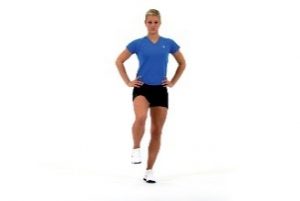
Leg Abduction: Lying on your side, lift the top leg straight up and away from your body while keeping your knee straight. 5 x 10 reps each
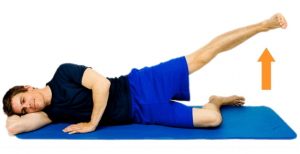
Leg Adduction: Lying on your side, place the top leg in front of the bottom one, bending the knee for comfort. Lift the bottom leg straight up and away from your body while keeping your knee straight. 5 x 10 reps each
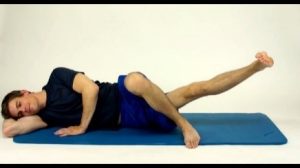
Lumbar Extension: Lying with your hips at the end of the lounge, lying over the edge so your hips are bent, and face down. Place your hands on opposite shoulders, and use your back muscles to straighten your back. Hold, relax and repeat – 5 x 10 reps.
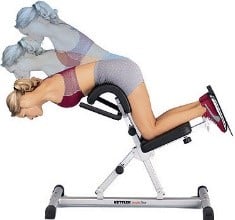
It is important that if you are experiencing pain during any sport on a consistent basis that you do not attempt to play through the pain as this will often make it progressively worse.
If you are currently experiencing groin pain during sport, come in and see one of our talented physiotherapists for a full assessment, treatment and exercise education to get you back to your best.

http://www.thehealthybodycompany.com.au/our_people/taylor/
Article:
Homlich, P., Uhrskou, P., Ulnits, L., Kanstrup, I., Nielson, M. & Bjerg, K. (1999). Effectiveness of active physical activity training as a treatment for long-standing adductor-related groin pain in athletes: randomized trial. The Lancet, 353: 539-443[/vc_column_text][/vc_column][/vc_row]